5. Déjà Vu (2006)
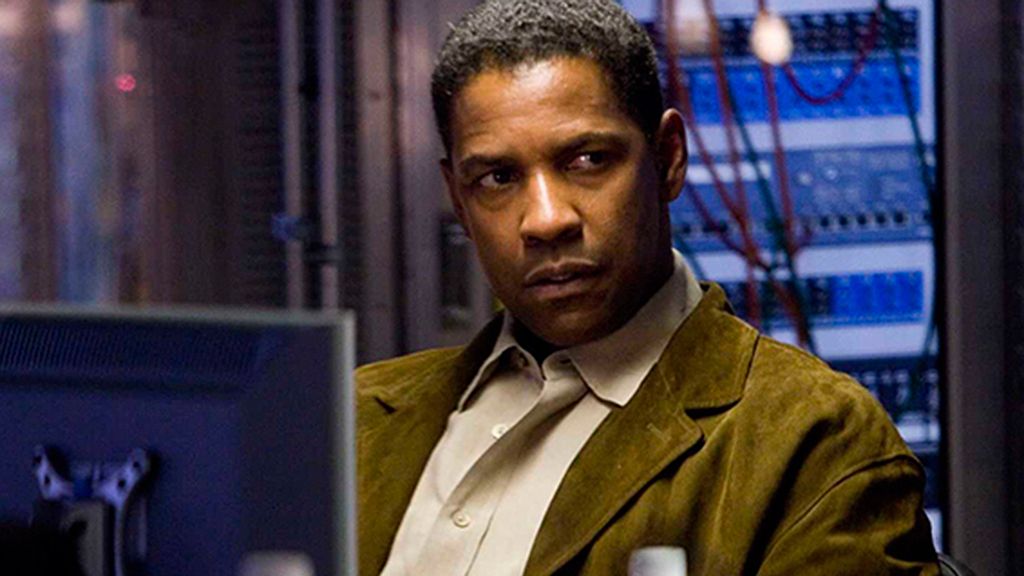
This was Scott’s first real venture into the fantasy genre, more specifically a time-travel fantasy. Some may argue that he failed by not exploring the time-travel aspects fully in the movie. However, Scott managed to ground the story in reality so that the audience could relate more to the characters, and as a result he created a moving and highly entertaining picture.
Jerry Bruckheimer, now producing solo after partner Simpson’s death, brought the project to Scott. Again, Scott cast Denzel Washington, this time as an ATF agent who is recruited by a special covert government agency, led by Val Kilmer. The agency has managed to design a camera that can look 4 days into the past, and they send in Washington’s character Doug Carlin to prevent a home-grown terrorist (a frightening Jim Caviezel) from blowing up a New Orleans river ferry.
Caught in the middle of all of this is Paula Patton’s character Claire Kuchever — with whom Washington instantly connects, as if he’d known her all his life — hence the title of the movie. This is one of Scott’s most underrated movies. He uses some of the same voyeur techniques he used in ENEMY OF THE STATE for the surveillance sequences, but he manages to put a spin on them as a window/gateway to the past.
The other thing worth mentioning here is Scott’s stunt work and how he, along with frequent Scott collaborator, Stunt Coordinator Chuck Picerni, Jr., created an incredible, mind-blowing car chase sequence that takes place in two different time periods — simultaneously.
Once again Scott enlisted Chris Lebenzon to edit the film and Lebenzon does an amazing job of cutting this sequence together. But like all Scott’s movies, the action and the amazing visuals always come second to the heart of the movie. And in this case, it’s Washington’s character Doug Carlin’s need to save Claire from certain death. It’s hard to imagine a love story that grows out of voyeurism, but by having Washington convey such compelling empathy for Patton, Scott manages to pull it off. Fantastic movie.
4. True Romance (1993)
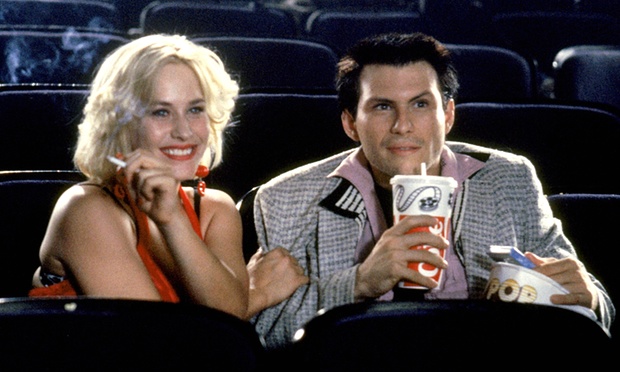
This films marks the first time Scott had complete creative control on any film to date. That’s not to say that he didn’t always get what he wanted in previous films, but this is the first film he produced, where he was not a hired gun, where he found the material himself.
Based on a superb script written by Quentin Tarantino, Scott was attracted to this love story of lovers on the lam because of the exceptional job Tarantino did of combining a dark, violent tale with humor. And what makes this such a special movie in the Tony Scott canon is how he balanced Tarantino’s voice with his own visual interpretation.
For example, the infamous Christopher Walken—Dennis Hopper scene is a great fusion of both Tarantino’s and Scott’s signature styles. Scott paints this incredible scene in heavy smoke and blue light, inside a trailer home. He underlines the foreboding subtext by reusing the same cue from Léo Delibes’ opera Lakmé that he used in the love scene between Catherine Deneuve and Susan Sarandon in THE HUNGER.
Here, however, Scott uses this tender piece of music as subtext for a father’s love for his son as he sacrifices his own life rather than give up his son to the mob. And then all that nobility goes out the window as the mobsters learn his son’s whereabouts from a stickie post on the father’s refrigerator. It is a brilliant, tragically beautiful, and fucking funny scene.
Patricia Arquette is also a standout in this film as Alabama Whitman, a blonde bombshell with a sweet voice, who you believe has the capacity to love her new husband Clarence (a wonderful Christian Slater) profoundly, but yet has the street smarts and toughness to go up against the menacing button man played with great ironic fervor by James Gandolfini.
Arquette gives a wonderful performance and we can easily believe that Clarence falls in love with her Alabama. Combine all of this with Hans Zimmer’s beautiful score (paying great homage to Terrence Malick’s score to BADLANDS) and Jeffrey Kimball’s lush photography, and you have a Tony Scott classic that will continue to pass the test of time. As Alabama says to Clarence in the movie, “You are so cool… you are so cool” — this movie echoes that sentiment perfectly.
3. Unstoppable (2010)
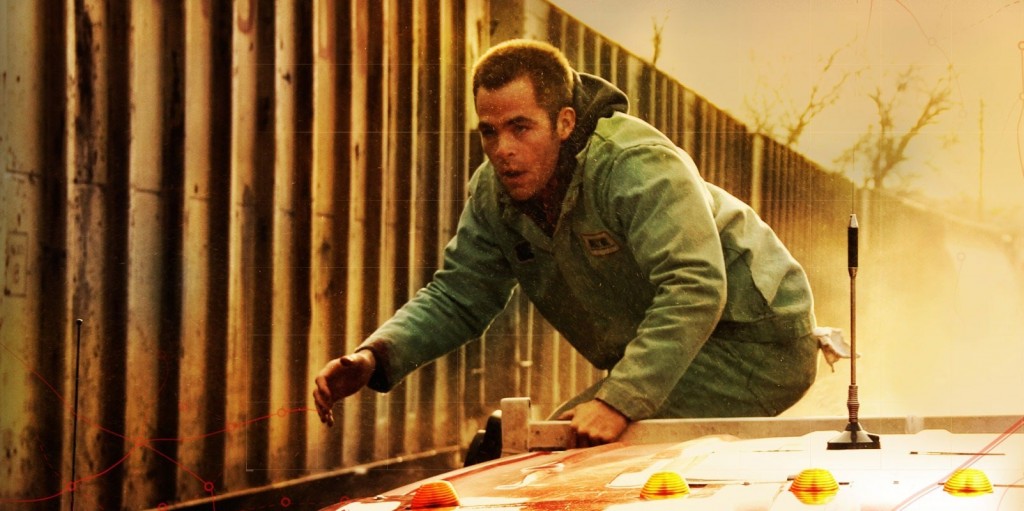
This was Tony Scott’s last movie and it proved to be one of his best films. He was at the top of his game and what he was able to do with this picture set a new bar for the action genre.
Everything was shot practically, no green screen, and with very few visual effects. Everything was real including the derailment of a working locomotive. He proved that you could still make a great character-driven action film without cheating it with the usual visual effects gimmicks that Hollywood had been producing and still produces to date. Scott has said that when he first read Mark Bomback’s script he thought it was a real page-turner and he had never read a script that fast in his career.
Scott wanted the audience to feel that first-read experience he had had and to deliver a nonstop action-thriller about a runaway train carrying toxic chemicals that could wipe out an entire town if it is not stopped in time. However great he thought the script was, Scott knew that the characters — who are ultimately the only ones who can stop the train — needed more work in order for the audience to fully root for them.
As a result, Scott took Bomback on a research scout to the working-class railroad towns of Pennsylvania in order to get a better grasp of the two main characters. On this journey, they discovered a great political dynamic that they would later add to their two principal characters, veteran train engineer Frank, played by Denzel Washington, and conductor rookie Will, played by Chris Pine. One is working his last day on the job, the other, his first.
Scott always said that the real world would inform the movie world and that you have to take inspiration from the research. In this case, the old school/new school dynamic between Washington and Pine felt real and of that train-world and it added more stakes to the ticking time-bomb plot. As in most of Scott’s other films, the landscape becomes a third character. Working with newcomer cinematographer Ben Seresin, Scott painted the Pennsylvania countryside with saturated, contrasting tones.
But Scott also made the runaway train itself an important character in the film. Scott called it “The Beast.” He even went so far as to add animal sounds every time the runaway train would roar past an intersection or destroy an obstacle in its path. (Supervising Sound Editor Mark P. Stoeckinger was nominated for an Oscar for Best Sound Editing.) Scott coordinated several camera units to capture the action — including three helicopters, two chase vehicles, and six to eight cameras always rolling.
It was a logistical challenge to coordinate everything, but together with long-time First Assistant Director Adam Somner, they pulled it off. With veteran feature film editor Chris Lebenzon and veteran commercial editor Robert Duffy, Scott married both the feature film and the commercial worlds and assembled an exciting, nail-biting piece of cinema. This was a real achievement for Scott and his steadfast crew.
2. Man on Fire (2005)
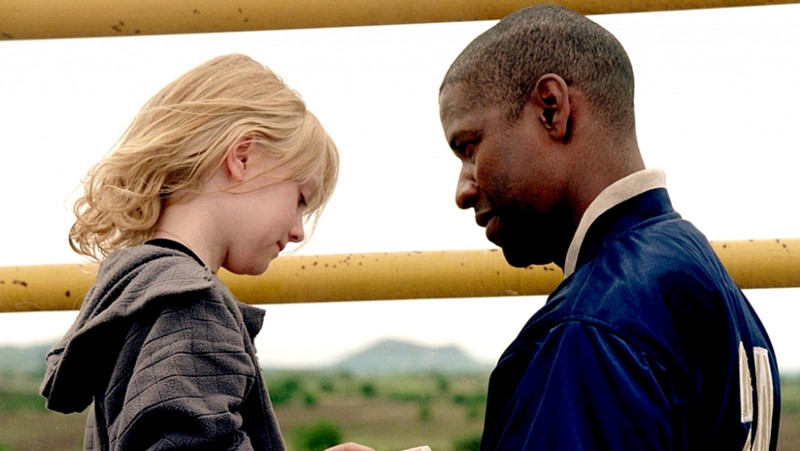
Very few English-speaking directors have been able to capture the beauty and brutality of Mexico without turning it into a stereotypical, and often, racist sideshow. In many ways, one can argue that Tony Scott picked up the mantle from Sam Peckinpah, not only in the action film genre, but in their strong connection to the people and culture of Mexico.
Like Peckinpah, Scott captures Mexico in a completely different light than most American filmmakers have and in the case of this remake of the 1987 film, Scott directs a powerful story about a burned-out ex-CIA assassin who has given up on life but learns to love again when he is hired to protect a child who, through the alchemy of the ordeal, becomes his surrogate daughter.
Working from another brilliant script adaptation by Brian Helgeland (based on the novel by A. J. Quinnell), Scott pushes the visual envelope further on this revenge actioner by incorporating a silent-era, hand-cranked movie camera that created unfocused, disjointed, and impressionistic visuals to reflect the mental and physical state of the main character, John Creasy, played with a steely, laconic confidence by Denzel Washington.
Harry Gregson-Williams’ score with Lisa Gerrard’s vocals delivered an emotional gut-punch that carried us through this dark, violent, and heroic tale. However, it is then ten-year-old Dakota Fanning’s performance that steals the show — we fall in love with her through Creasy’s eyes. Scott took his time to develop the relationship between Fanning’s Lupita Ramos and Washington’s Creasy. So much so, that a full hour goes by before the actual kidnapping occurs.
Scott knew this choice was important for the audience to believe that a loveless Creasy could learn to feel love again and when that love is ripped away, we not only share his loss but we feel his justified wrath. And nobody unleashes wrath quite the way Tony Scott and Denzel Washington do.
There is a great moment in the movie where Christopher Walken’s character informs the Mexican police detective (the wonderful Giancarlo Giannini) that trouble is coming to those kidnappers who took Lupita, “They are going to wish they never touched a hair on her head…Creasy’s art is death. He is about to paint his masterpiece.” The painter’s analogy in this scene is all the more fitting because this movie is truly a Tony Scott masterpiece.
1. Revenge (1990)
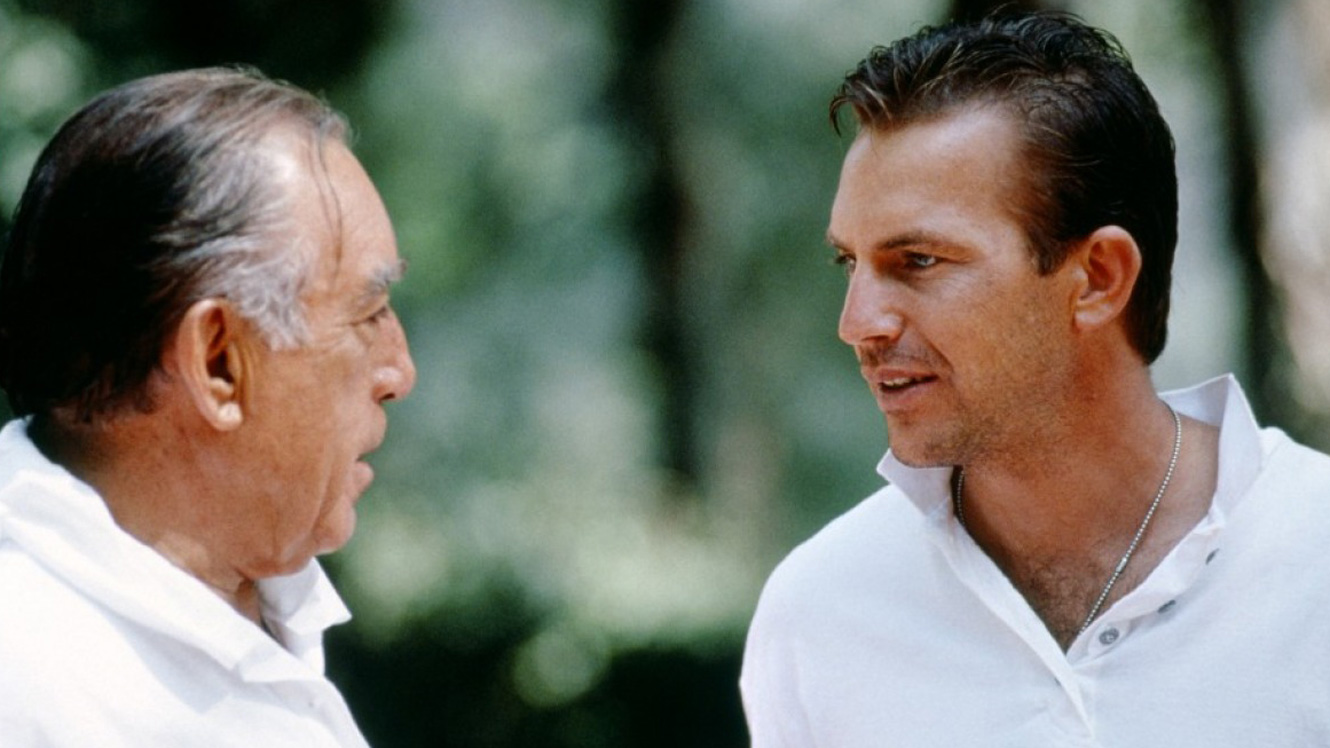
This movie is as close as Tony Scott came to directing a western — a western with a tragic love story at its center. Adapted by screenwriter Jeff Fiskin from the Jim Harrison novella, REVENGE is Scott’s exploration of the inevitable destructive consequences that insatiable passion causes and the havoc it wreaks in the lives of its participants.
In this case, a love triangle unfolds when American ex-Navy pilot Jay Cochran (Kevin Costner) visits his best friend, Tiburon Mendez (Anthony Quinn), a powerful Mexican underground figure, and falls in love with his stunningly beautiful wife, Miryea (Madeleine Stowe). Harrison set the novella in Mexico and Scott chose to shoot the entire film there. This marks the first time Scott filmed a movie in Mexico, and he fell in love with it. Like Peckinpah, he finds beautiful landscapes not only in the Mexican countryside, but also in the faces he brings to the screen.
A great trademark of Scott is his ability to cast locally and find great faces that help tell his stories: an old Curandera (medicine woman), a little girl paying with a toy accordion, an ex-boxer named El Elefante (Elephant), a transvestite prostitute — Tony Scott knew how to populate his frame.
In contrast to the grittiness of Mexico City in MAN ON FIRE, for this film Scott takes us to the natural beauty of the pastoral villages of colonial Mexico and its indigenous populations. Again, Scott paints Mexico and its people in a completely different light from most of his contemporaries and this approach makes the movie a real standout. The performances by Costner and Stowe are extraordinary. They so fully realized their characters that the explicitness of their passion felt real, and while the way Scott captured it was raw, it was not exploitive.
Even though Scott did not have final cut in the movie and his battles with producer Ray Stark were legendary, it was not until the death of Stark that Scott was able to revisit this film and re-edit a shorter (by 20 minutes) definitive director’s cut. It is this director’s cut that should be reviewed by those who dismissed the original theatrical release. Scott was able to reuse the scenes that were edited out and reshot per Stark’s request. It proves that Scott’s original instincts when he shot the film still hold up today.
It is also worth mentioning the beautiful score by composer Jack Nitzsche. Centered around Nitzsche’s haunting “Love Theme,” the music captures the tragic beauty of forbidden love, while legendary Wrecking Crew guitarist, Tommy Tedesco, adds a beautiful melancholy that seems rooted in the soul of Mexico. [Dragon’s Domain Records reissued the soundtrack in 2016.]
With the 2007 Blu-ray release of REVENGE: Director’s Cut, this is truly Tony Scott’s masterpiece and it is one that has all of his sensibilities wrapped inside: his signature style in photography and art direction, his affinity for darker material, the beautiful landscapes of the location and its people, and an unforgettable tragic love story that feels raw and unrelenting.
Even though Scott shed this mortal coil in 2012, he left us with a filmography that will live forever. Along with Kurosawa, Peckinpah, and Walter Hill, Scott’s contribution to the action genre is marked by his own unique voice, but most importantly, his own unique aesthetic. Rest in Peace, Mr. Scott. Thank you for your movies.